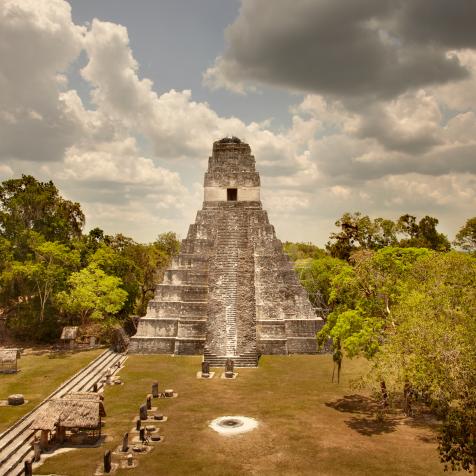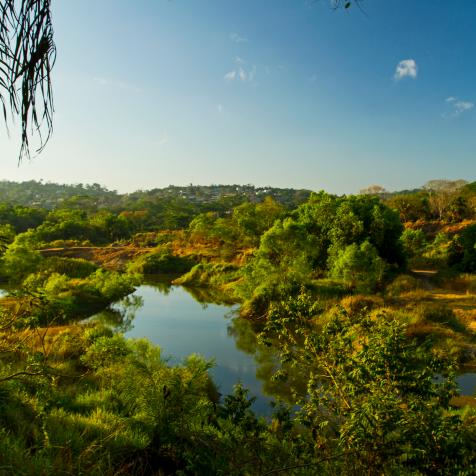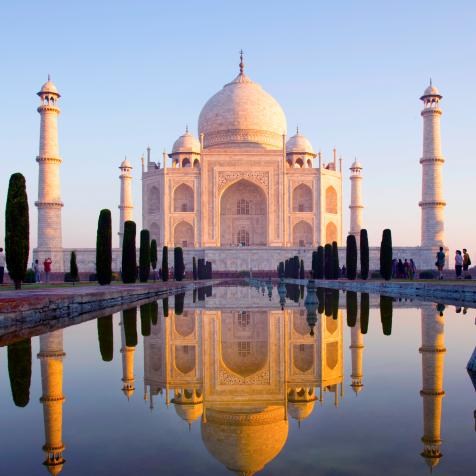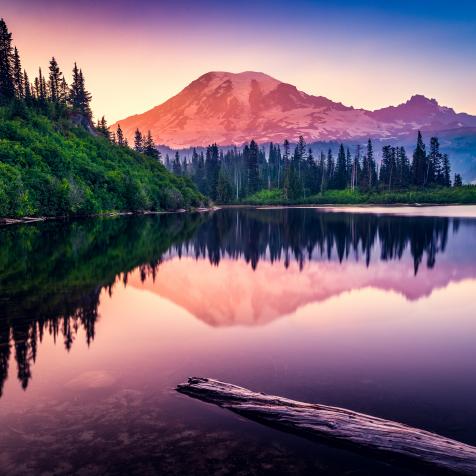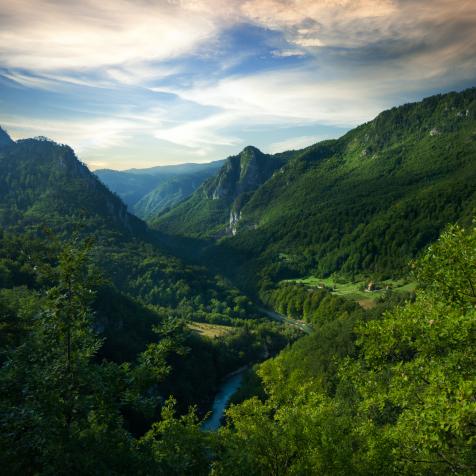
Is Bolivia's "Death Road" Still the World's Most Dangerous Road?
Thrill seekers from all over the world are warned about this treacherous path. Known as one of the most adventurous and exhilarating activities in Bolivia, biking down the historically dangerous "Death Road" is the ultimate extreme sport. After 20 years of modernization, it's claimed to be safer these days. But how safe is it really?
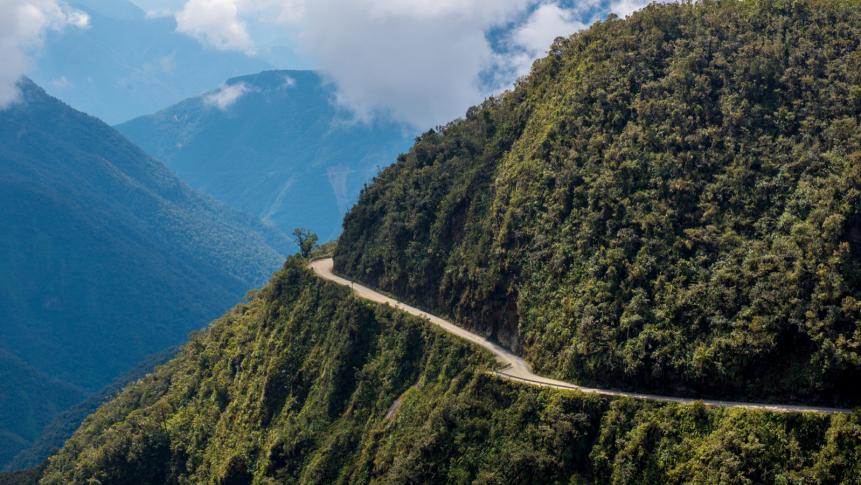
Til "Death" Do You Part
North Yungas road is known as "Death Road" for all of the reasons you'd guess. Driving up or down this 43-mile (69-kilometer) switchback is extremely perilous due to fog, landslides, cascades, and cliffs that drop 2,000 feet (610 meters) at every turn. The road seldom gets any wider than 10 feet (3 meters), and many crosses stand as memorials to those who have perished there. Nearly 300 drivers were killed here every year until 1994. It's no wonder it got the nickname.
In the 1930s, Paraguayan prisoners cut the road during their violent battle with Brazil during the Chaco War. The road connects Bolivia's capital, La Paz, to the town of Coroico. From La Paz, Yungas road climbs to around 15,260 feet (4,650 meters) before moderately rising to 3,900 feet (1,190 meters). Surrounded by mountainous terrain, the road stretches far enough to connect the Amazon rainforest to the capital city. This means it was not uncommon for merchants to squeeze into trucks and buses to try to sell their wood and crops in town. However, the hairpin turns weren't big enough for every vehicle, and many trucks went down with people and their livelihoods.
Until 2006, North Yungas road was the only option for traveling from Coroico to La Paz. The road was no wider than one lane and was used by any vehicles willing to make the trip. Finally, in 2009, the government constructed a new road by a mountain range close by. The new highway has two lanes and has been well maintained. North Yungas itself now has two driving lanes, new pavement, drainage systems, and guardrails. Yet people continue to meet their ends here.
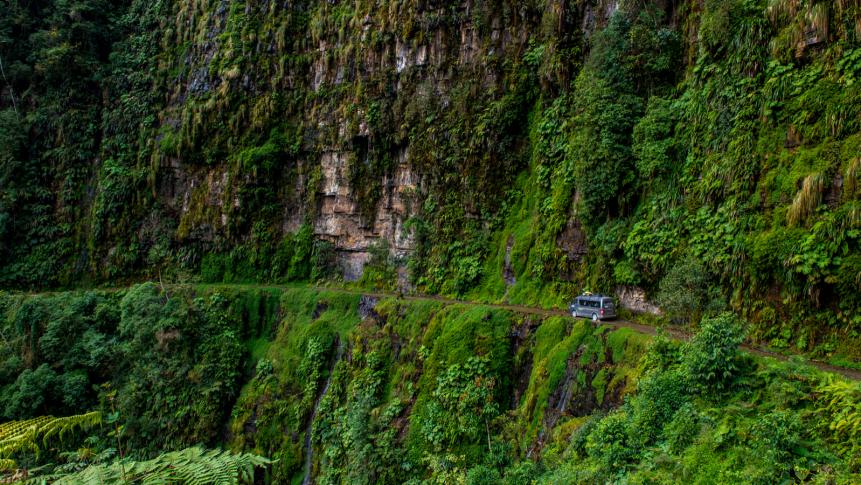
A Death Defying Cycle
Today, most of the deaths are from local workers and backpackers still using the infamous road. Tour operators also lead bike rides along the road, and it is believed that at more than a dozen cyclists have lost their lives here in the last decade.
So is it the world's most dangerous road? It certainly used to be, but it may have thankfully lost that title. It's a scenic drive, as long as you stay on the left side of the road and proceed with caution. If you're a thrill-seeking cyclist that wants to try this extreme sport, we don't recommend it — but we'll keep our fingers crossed that you're able to live to tell the tale.
This article first appeared on Curiosity.com.




































































